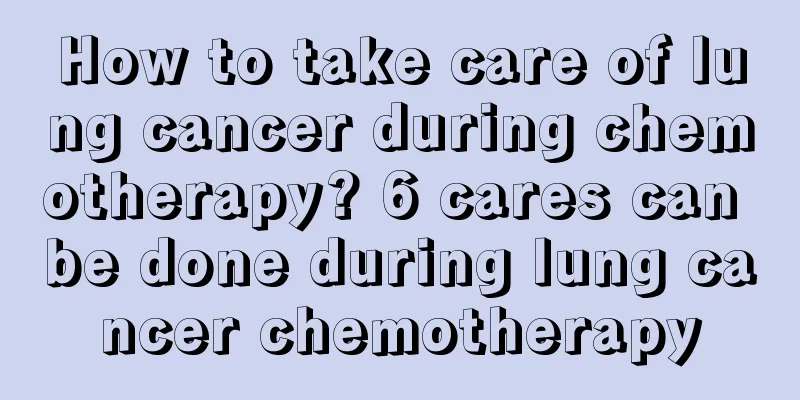What are the effects of oxygen inhalation after surgery?

|
Oxygen inhalation is a very important conditioning and treatment method in modern medicine, because oxygen is the key substance for cells to maintain healthy vitality. Without oxygen, the metabolic process cannot be completed, causing great threat to life. Oxygen inhalation is generally used in special situations such as physical illness. Among them, oxygen inhalation after surgery is a more common method. Let’s take a look at the effects of oxygen inhalation after surgery. I hope everyone can understand it. The role of postoperative oxygen inhalation: 1. Major surgeries are mostly performed under general anesthesia. In the early stage after general anesthesia, patients experience respiratory amnesia and respiratory muscle function has not fully recovered. Oxygen inhalation helps increase blood oxygen. 2. After thoracotomy and laparotomy, respiratory function is limited and oxygen is required. 3. Major surgery can easily cause a stress response in the body, and the patient's lung function will be greatly affected, so oxygen should be administered. Side effects of oxygen In general, oxygen is safe and effective when used correctly. The side effects of oxygen inhalation have relatively high thresholds in terms of oxygen concentration (oxygen concentration reaches 100%) and continuous oxygen inhalation time (continuously for 24 hours), and home oxygen inhalation is not very relevant. According to the American Thoracic Society, there are several identifiable dangers associated with oxygen therapy that you should be aware of. Skin irritation and dry nose These problems may include: feeling dry, a bloody nose, or skin irritation from the nasal cannula or mask. Because oxygen therapy has a drying effect on the nasal cavity, it is not uncommon to experience skin irritation such as chapped skin. Using a moisturizing product such as petroleum jelly can help lubricate and soothe your nasal passages, making them more comfortable during oxygen therapy. This phenomenon occurs when oxygen is inhaled at a flow rate greater than 4 liters. Oxygen inhalation at a flow rate less than 4 liters is considered safe. Oxygen toxicity Oxygen poisoning is generally caused by long-term exposure to a high-pressure pure oxygen environment. Oxygen poisoning may occur if high-pressure oxygen (taking 2 atmospheres as an example) is inhaled continuously for about 4 hours. Of course, the standards are not the same. More articles point out that under normal atmospheric pressure, 100% pure oxygen for 24 hours is the critical point for oxygen poisoning. When the oxygen flow rate is below 4 liters, home oxygen therapy is safe because the oxygen concentration is only about 90%. The nasal cannula is not a closed oxygen inhalation and is mixed with a large amount of air. |
<<: How long is the appropriate amount of oxygen inhalation for altitude sickness?
Recommend
What are the symptoms of gastrointestinal cramps in children?
Improved gastrointestinal function allows the bod...
What causes perianal abscess
Apart from work, the most important things for pe...
Lumbar curvature straightens sleeping posture
Patients with straightened lumbar curvature often...
What does daily care for infants and young children include?
Nowadays, many young couples are working alone ou...
What fruits can prevent bladder cancer
Fruits can prevent many diseases and provide the ...
Dissociative Disorder
Mental illness and neurotic illness are two diffe...
What kind of care is needed for bile duct cancer
What kind of care is needed for patients with bil...
Lynch syndrome and endometrial cancer
Lynch syndrome patients have a significantly incr...
Why does taking anti-inflammatory drugs cause bladder pain
Anti-inflammatory drugs are a very common medicin...
What to do if your toe is bitten by a mosquito
As for summer, although many people like this sea...
What are the symptoms of hyperlipidemia
High blood lipids and high blood pressure are a c...
What are the early symptoms of kidney cancer? Who is more likely to develop kidney cancer
What are the early symptoms of kidney cancer? Who...
How long is the incubation period of syphilis and can it be detected?
Syphilis is one of the major sexually transmitted...
Why does the thumb joint hurt?
Pain in the thumb joint may be caused by differen...
What are the hormones in cosmetics
There are many types of cosmetics for girls with ...









